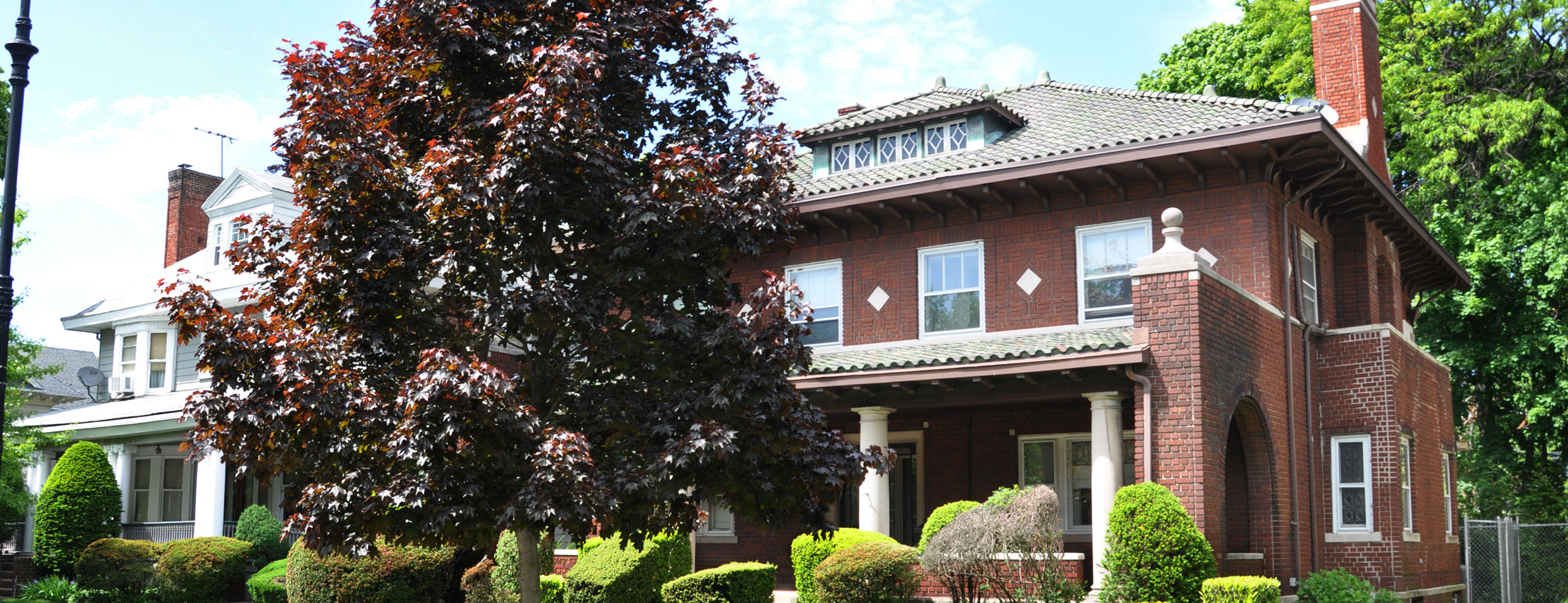Psst! Have You Heard These Secrets About Buying an Older Home?
Timeless beauty, classic features and historical charm are all characteristics that may draw a buyer toward an older home during their home search. While those features all can be instant attractors, it is important to remember that sometimes looks can be deceiving when it comes to older homes.
Those creaking floors may be whispering a whimsical tale of the home’s history; but, they also may be spilling the sordid secrets of needed repairs. When it comes to buying an older home (and any home for that matter), it is important to expose all hidden characteristics before signing on the dotted line.
Here are 10 little-known things about buying an older house:
- You’re buying personality. It is one thing that so many people love about historical, older homes… they seem to come with so much built-in personality. Newer homes can be just as beautiful, but it can take years to give them the personal touch they deserve. Older homes are often already equipped with charm and history.
- With personality comes price. The intricate features like original flooring or single-pane windows that give an older home personality can mean pricy upkeep for today’s buyers. When those fine features need to be replaced, finding matching materials can be difficult and downright expensive!
- And, those aren’t the only pricy repairs. The features that give an older home personality are not the only costly things to replace within the homes. Older homes may come with older heating, wiring or plumbing systems that can be very costly to maintain and/or replace.
- They’re well-rooted… in several ways. Buying an older home typically means that you’ll be moving into a well-established neighborhood with existing landscaping and possibly even tree-lined streets. While certainly a beautiful sight, it is sometimes a good idea to make sure those pre-existing trees are not too deeply rooted beneath the home that they could cause foundation or structural problems down the road.
- Speaking of down the road... Because older homes usually are more well-established than homes in newer developments, they also are typically located near local shops, schools or other amenities. That prime location could be a major perk for many buyers.
- And, another thing about being well-established… Unlike building a home in a new development, older homes usually are move-in ready. So, once you decide to buy, you go to closing and can move right in. When buying a home in a new development, the move-in date often depends on the builder or developer. In some cases, that can mean a year-long build process that simply doesn’t exist when buying an older home.
- What older homes save in time, they may lack in storage space. Although you may be able to move right into an older home, you will want to make sure that all of your personal items will fit! Even the largest of older homes may not have an extensive amount of storage space. Walk-in closets weren’t always as in demand as they are today!
- Multiple inspections may be in order. Simply for safety’s sake, it is important to not only have an older home inspected by a general home inspector, but specialized inspections for wood-boring insects or lead paint could be in order as well. A general inspection may or may not cover these particular issues, but finding out about them after closing can be costly.
- Obtaining insurance may also be more involved. For a few reasons listed above, insuring an older home may be more extensive and expensive than insuring a newer home. Maintenance may be more involved and expensive, so it only stands to reason that insurance premiums could be higher. Before you buy an older home, make sure to check the annual insurance costs.
- Mixing the old and the new is OK. Because older homes often carry a timeless, classic beauty, when it comes time for renovations or home improvements, people can be reluctant to incorporate new designs. Though it may seem like something that doesn’t need to be said out loud, mixing classic and contemporary can be totally chic! Yes, you may have fallen in love with an older home due to its historic features, but you can help to make it your own by adding a little modern flair. But, depending on a home’s age and location, you may need to check with a local historical society to make sure there are no restrictions on remodeling your new, older home.
When buying any home, it is important to proceed with caution and this certainly is true when it comes to older homes. However, after proper inspections, full disclosure and learning a home-history worth telling, you may just be charmed into buying an older home and making it your own!






